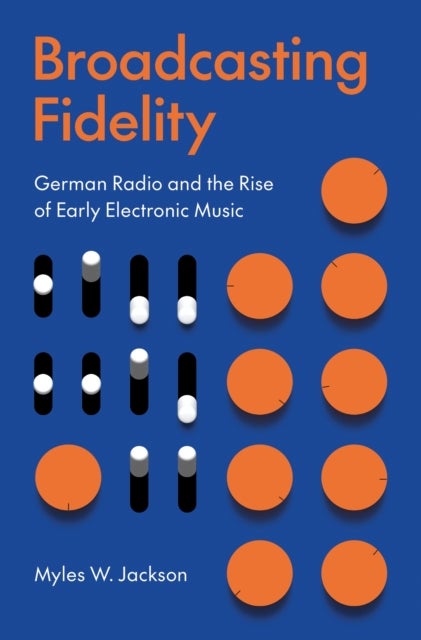
Broadcasting Fidelity av Myles W. Jackson
489,-
<p><b>A landmark history of early radio in Germany and the quest for broadcast fidelity</b><br><br>When we turn on a radio or stream a playlist, we can usually recognize the instrument we hear, whether it’s a cello, a guitar, or an operatic voice. Such fidelity was not always true of radio. <i>Broadcasting Fidelity</i> shows how the problem of broadcast fidelity pushed German scientists beyond the traditional bounds of their disciplines and led to the creation of one of the most important electronic instruments of the twentieth century.<br><br>In the early days of radio, acoustical distortions made it hard for even the most discerning musical ears to differentiate instruments and voices. The physicists and engineers of interwar Germany, with the assistance of leading composers and musicians, tackled this daunting technical challenge. Research led to the invention in 1930 of the trautonium, an early electronic instrument capable of imitating the timbres of numerous acoustical inst








